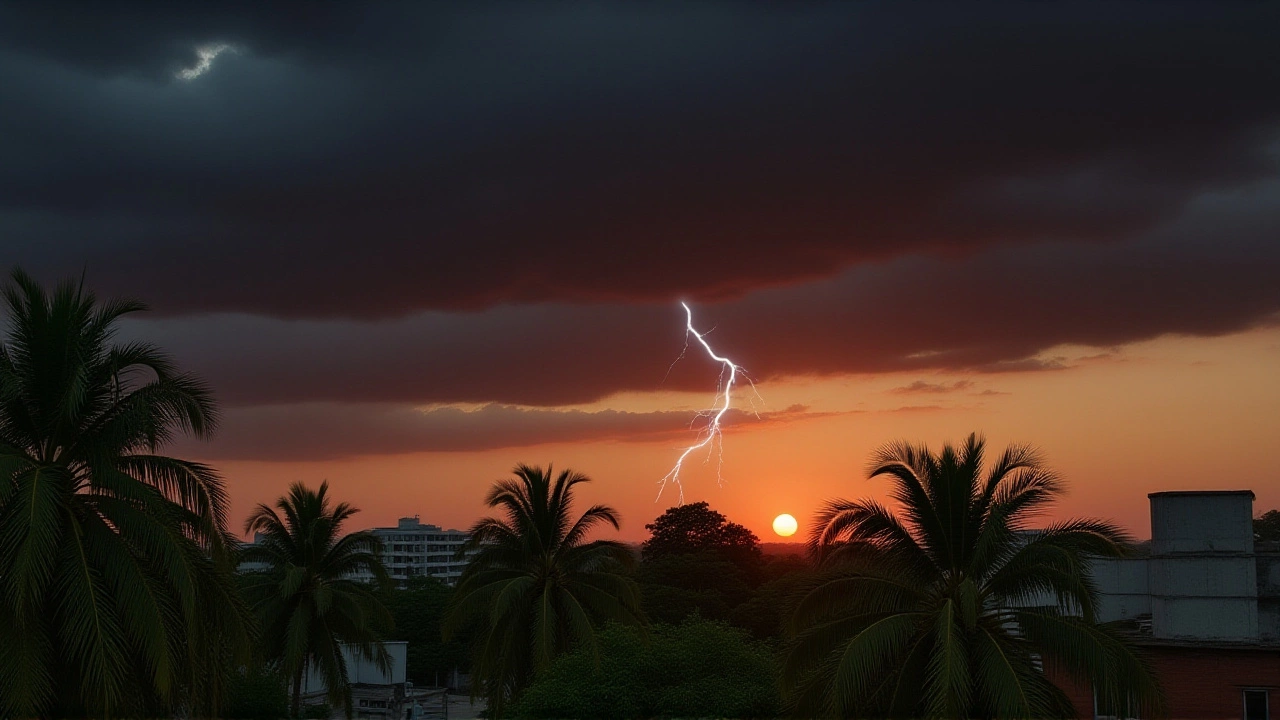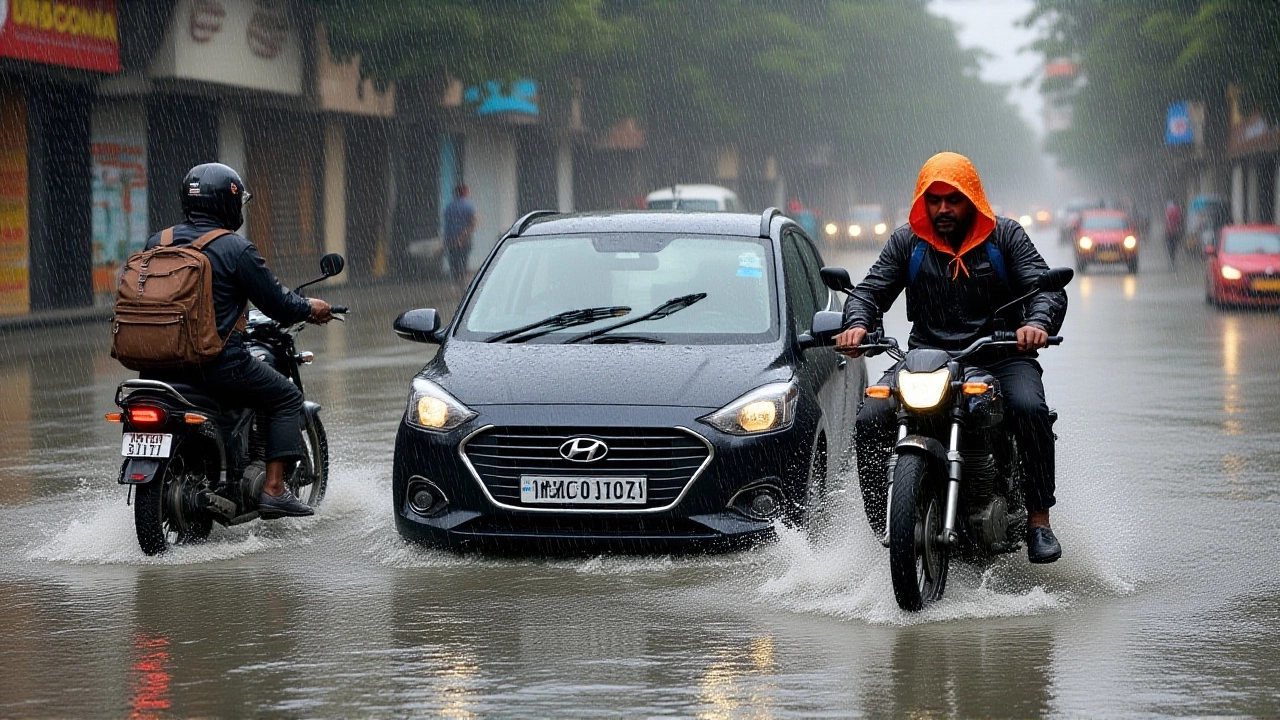Weather – Latest Updates and Insights
When talking about Weather, the state of the atmosphere at a specific place and time, covering temperature, precipitation, wind and pressure. Also known as climate conditions, it shapes daily plans and long‑term decisions.
The India Meteorological Department, India's official agency that monitors the atmosphere and issues forecasts and warnings plays a central role in keeping the public safe. Heavy rain, intense rainfall that can trigger floods, landslides and traffic snarls is one of the most disruptive weather phenomena in the subcontinent. When Thunderstorms, storms marked by lightning, strong winds and sudden downpours roll in, they amplify the risk of flash flooding and power outages. Together, these elements form a chain: Weather encompasses precipitation, precipitation drives flooding, and flooding affects safety.
Understanding the link between these entities helps you react faster. Accurate weather forecasting requires real‑time data from satellites, radar and ground stations, all curated by the IMD. The agency’s alerts are tied to specific thresholds—like more than 100 mm of rain in 24 hours—which trigger emergency protocols. For residents of Eastern India and Central India, knowing when heavy rain or thunderstorms are likely can mean the difference between a smooth commute and a stranded vehicle.
Why Weather Awareness Matters
Every season brings its own set of challenges. During the monsoon, heavy rain saturates soils, raising the chances of landslides on the hillside towns of Assam and Odisha. Thunderstorms, common in October, can produce sudden gusts that topple weak structures and interrupt power. The IMD’s seasonal outlooks give a big picture, while its hourly bulletins zoom in on immediate threats. By tracking these updates you can plan travel routes, protect valuables, and inform community members who might need help.
Beyond safety, weather influences agriculture, construction and tourism. Farmers rely on forecasted rain to time sowing and harvesting. Builders watch for thunderstorm warnings to pause high‑rise work. Tourists heading to the Himalayas check weather alerts to avoid road closures caused by landslides. All these sectors share a common need: trustworthy, localized weather data.
Our collection below gathers the most recent alerts, analyses and tips related to Indian weather. You’ll find in‑depth coverage of IMD warnings, practical advice for coping with heavy rain, and explanations of how thunderstorms develop in the region. Browse the posts to stay a step ahead of the next weather event.
Cyclone Montha threatens Jharkhand with heavy rain during Chhath Puja, IMD issues alert
Cyclone Montha threatens Jharkhand with heavy rain during Chhath Puja, as IMD warns of 90-110 km/h winds and 250 mm rainfall. SDRF and NDRF deploy 360 personnel. Farmers and devotees brace for impact.
full articleIMD Warns of Heavy Rain & Thunderstorms in Eastern & Central India
The India Meteorological Department issued alerts for heavy to extremely heavy rain and thunderstorms across eastern and central India from Oct 5‑7, urging caution for flooding and traffic disruptions.
full article
